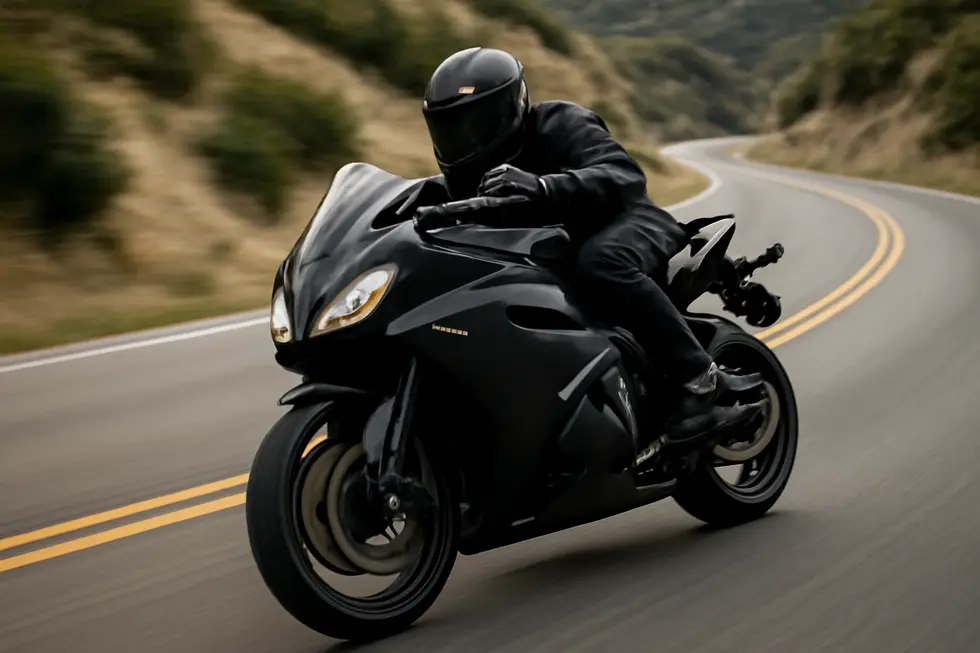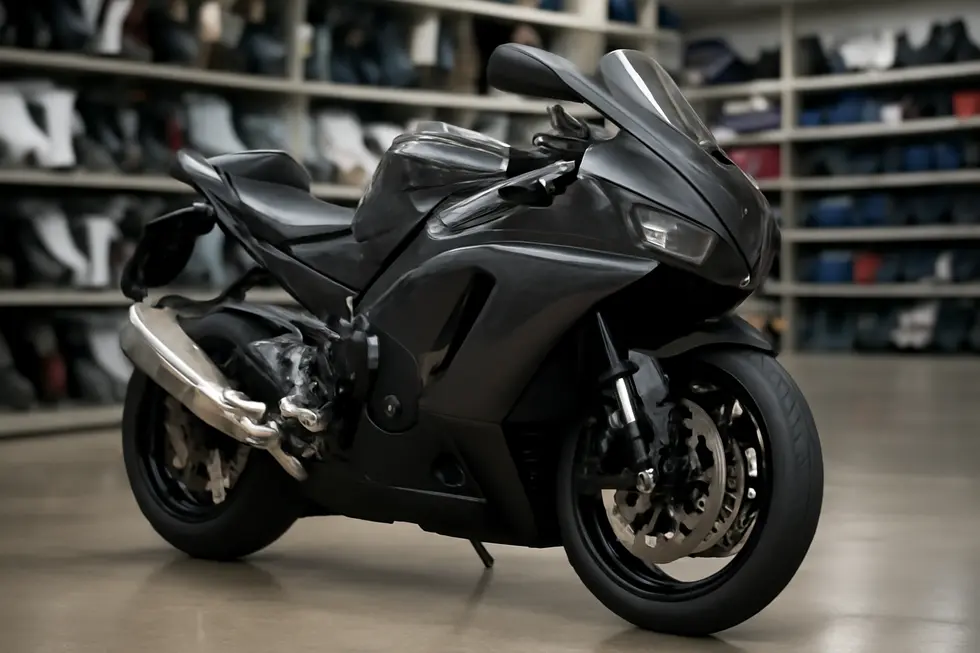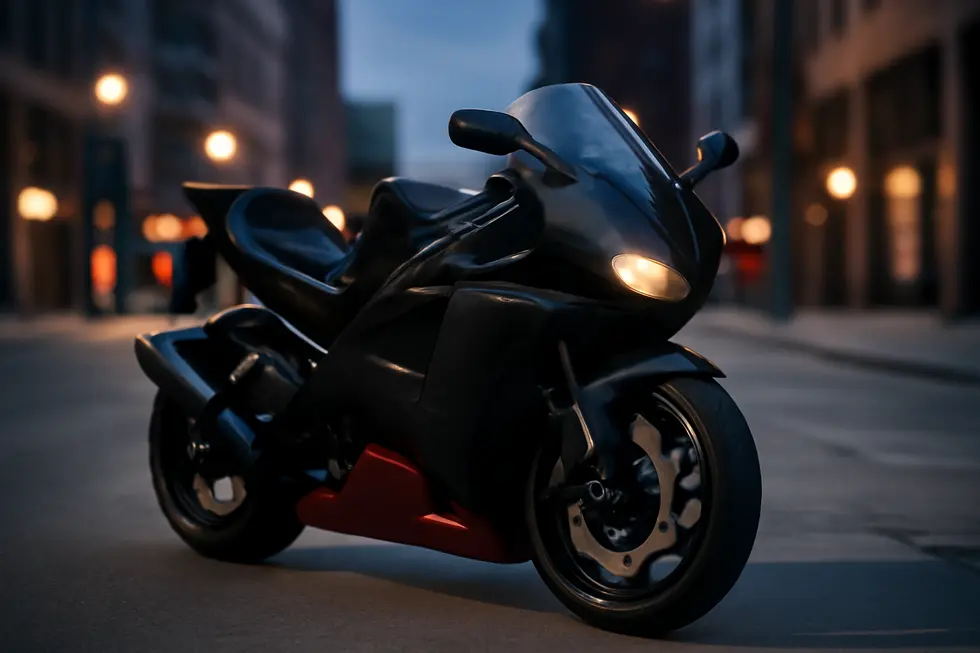Maximizing Performance and Style with Motorcycle Lower Fairings
November 1, 2025 | by summitfairings

Introduction
Motorcycle lower fairings are not just aesthetic accessories; they significantly improve riding performance and comfort. Business owners in the motorcycle industry can utilize these body panels to offer premium experiences to their customers. This article delves into the aerodynamic advantages of lower fairings, their installation and aftermarket options, and their comfort and protection features. Understanding these aspects ensures that businesses can effectively market and sell lower fairings, while also educating their clientele about the tangible benefits these additions bring to motorcycle handling and rider satisfaction.
Tables of Contents
Chapter 1: Streamlining the Ride: The Aerodynamic Functionality of Motorcycle Lower Fairings
- Cutting Through the Wind: The Drag-Reducing Excellence of Lower Fairings
Chapter 2: Enhancing Motorcycling Experiences: The Role of Lower Fairings in Aerodynamics
- Boosting Stability and Comfort: The Aerodynamic Edge of Motorcycle Lower Fairing
Chapter 3: Expert Guide to Motorcycle Lower Fairing Installation and Aftermarket Options
- Step-by-Step Guide to Installing Motorcycle Lower Fairings for Optimal Performance
Chapter 1: Streamlining the Ride: The Aerodynamic Functionality of Motorcycle Lower Fairings

1. Cutting Through the Wind: The Drag-Reducing Excellence of Lower Fairings
Motorcycle lower fairings are not merely aesthetic contributions to the bike’s overall design; they play a vital role in enhancing aerodynamic performance. The streamlined shape of a lower fairing is engineered specifically to minimize drag, allowing the motorcycle to slice through the air with greater efficiency. By reducing air resistance against the lower part of the motorcycle, the fairings lighten the workload on the engine, thereby improving acceleration, increasing top speed, and enhancing fuel efficiency.
At the core of their aerodynamic advantage lies the ability of lower fairings to smooth airflow around the underside of the motorcycle—a critical area often prone to turbulence. This streamlined enclosure significantly minimizes turbulent air pockets, diverting wind and buffeting away from the rider’s legs. Consequently, riders experience greater stability and comfort, enabling them to maintain high speeds without the unsettling effects of wind interference.
In addition to their drag-reducing capabilities, modern lower fairings incorporate advanced materials such as carbon fiber, known for its lightweight properties. The use of such materials allows for enhanced speed and improved handling characteristics without adding unnecessary weight to the motorcycle. The combination of reduced drag and lightweight construction results in a performance upgrade that appeals to both casual riders and enthusiasts alike.
Moreover, the design of lower fairings often includes innovative features like integrated wind deflectors. These adjustable components allow the rider to tailor airflow according to their personal comfort needs, addressing factors such as engine heat and environmental conditions while on the road. The enhanced aerodynamics not only improve bike performance but also create a more enjoyable experience for the rider.
In summary, motorcycle lower fairings serve a dual purpose by bolstering both performance and comfort. They reduce drag through meticulous design, increase stability by minimizing turbulence, and utilize advanced materials to maintain speed and handling. The overall impact of these aerodynamic enhancements is substantial, making them an essential component for riders wanting to optimize their bike’s efficiency and performance. For additional insights into the benefits of motorcycle fairings, consider exploring more resources on this topic.
Chapter 2: Enhancing Motorcycling Experiences: The Role of Lower Fairings in Aerodynamics

1. Boosting Stability and Comfort: The Aerodynamic Edge of Motorcycle Lower Fairing
Motorcycle lower fairings offer significant advantages in terms of stability and rider comfort, primarily through enhanced aerodynamics. By effectively covering the engine and the lower sections of the motorcycle, these fairings play a pivotal role in streamlining airflow around the bike. This streamlined design not only reduces air resistance but also lessens turbulence, which can greatly impact stability, particularly at higher speeds.
One of the most notable benefits of a well-designed lower fairing is its ability to minimize aerodynamic drag. When the motorcycle reaches cruising speeds, reduced drag translates to improved performance. The bike can maintain higher speeds without exerting as much engine effort, allowing for a more efficient and enjoyable ride. This becomes especially pronounced on highways where consistent velocity is key.
As riders navigate different environments, the aerodynamic properties of lower fairings enhance the overall stability of the motorcycle. By directing airflow away from the rider’s legs and lower body, the fairing effectively mitigates the effects of crosswinds and sudden changes in air pressure. This stability is crucial for maintaining control and confidence, particularly when facing gusty winds or passing larger vehicles.
Additionally, lower fairings significantly reduce wind buffeting, which can lead to increased rider fatigue on longer journeys. By managing airflow more effectively, these components help maintain a calmer ride experience, contributing not just to physical comfort, but also mental ease. An optimized aerodynamic profile allows riders to focus on the road ahead, rather than the discomfort of battling excessive wind.
When thermal comfort is also considered, some models feature integrated vents or channels designed to dissipate engine heat. This functionality further enhances rider comfort by preventing hot air from accumulating too close to the legs, making long-distance travel more enjoyable.
In summary, the aerodynamic benefits of motorcycle lower fairings are integral to modern motorcycling, especially for sport and touring motorcycles where both performance and comfort are essential. For those looking to explore options, check insights at Explore Summit Fairings: Your Go-To Destination.
Chapter 3: Expert Guide to Motorcycle Lower Fairing Installation and Aftermarket Options

1. Step-by-Step Guide to Installing Motorcycle Lower Fairings for Optimal Performance
The installation of motorcycle lower fairings is a critical process that enhances both the performance and aesthetics of your bike. This step-by-step guide will outline the essential actions required for a successful installation, focusing on both functionality and rider comfort.
To begin, the preparation stage is vital. Start by removing any components that may obstruct access to the mounting areas. For instance, with Harley touring models, you may need to detach the floorboards or engine guards by removing bolts strategically placed around the floorboard bracket. By doing so, you can gain clear access to the fairing’s mounting points.
Next, it’s time to install support brackets. The fairing kit usually comes with marked brackets that ensure you fit them correctly for both sides of your bike. It’s crucial that these U-shaped or offset brackets are oriented correctly; this will provide the necessary support for your new fairing.
Once the brackets are in place, position the lower fairing itself over the engine guard or designated mounting area. Care must be taken during this step. The fairing should slide over the engine guard rather than underneath it to prevent undue stress and potential damage to the fairing material.
Incorporating rubber grommets or buffers between the fairing and metal components is also an important consideration. This action helps to prevent scratching and keeps the painted surfaces intact, while also mitigating noise and vibrations that could distract the rider.
After positioning, proceed to hand-start all screws and bolts. Initially tightening them loosely allows for adjustments in alignment before securing everything completely. Typically, black screws with washers are standard for mounting, ensuring both durability and aesthetics.
As you tighten the screws and bolts, check for proper clearances, particularly around moving parts like floorboards or controls. It’s essential that the fairing does not interfere with any operational components. Furthermore, if your fairing includes extra features such as storage compartments or removable panels, consult the installation instructions to ensure these functionalities are preserved.
Finally, the use of appropriate tools is paramount. Make sure to have a clean, well-lit workspace and utilize basic tools like screwdrivers and socket wrenches. For some models, or to ensure warranties remain intact, professional installation may be a worthy consideration. Following these steps thoroughly will secure your lower fairing, ultimately improving your motorcycle’s aerodynamics, comfort, and overall appeal.
Final thoughts
Motorcycle lower fairings play a vital role in enhancing both the performance and appearance of bikes. From improving aerodynamics and comfort to providing aftermarket options and protection, these components cater to a variety of rider needs. Business owners must recognize the value these fairings offer to their customers, not only in terms of visual appeal but also regarding functionality and comfort during rides. By understanding and effectively communicating these aspects, businesses can position themselves as leaders in the motorcycle accessory market.
Ready to elevate your ride? Summit Fairings delivers premium, custom-fit fairings that blend style and durability. Whether you’re chasing speed or turning heads, we’ve got your bike covered. Don’t wait—transform your machine today. Click, customize, and ride with confidence. Your perfect fairing is just a few clicks away. Act now!
About us
undefined
RELATED POSTS
View all



